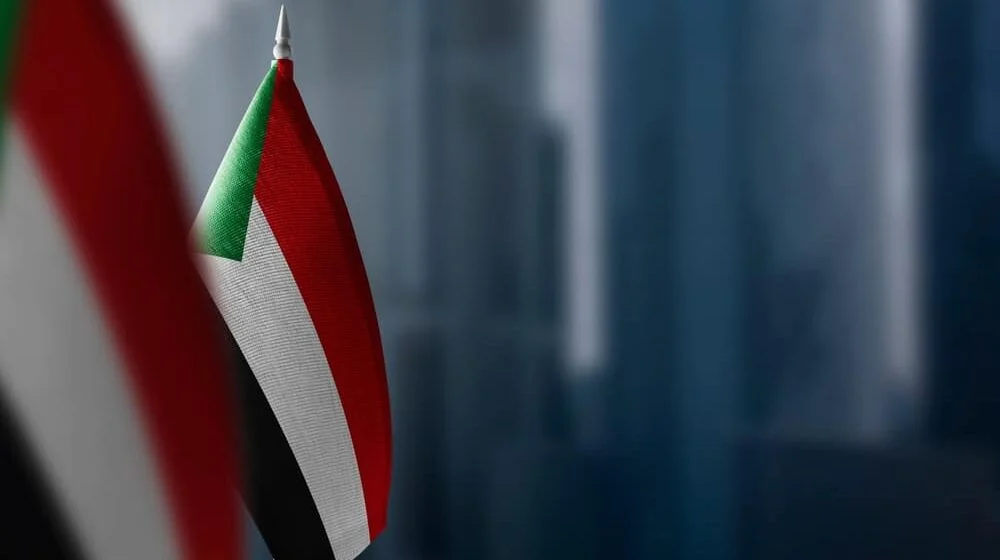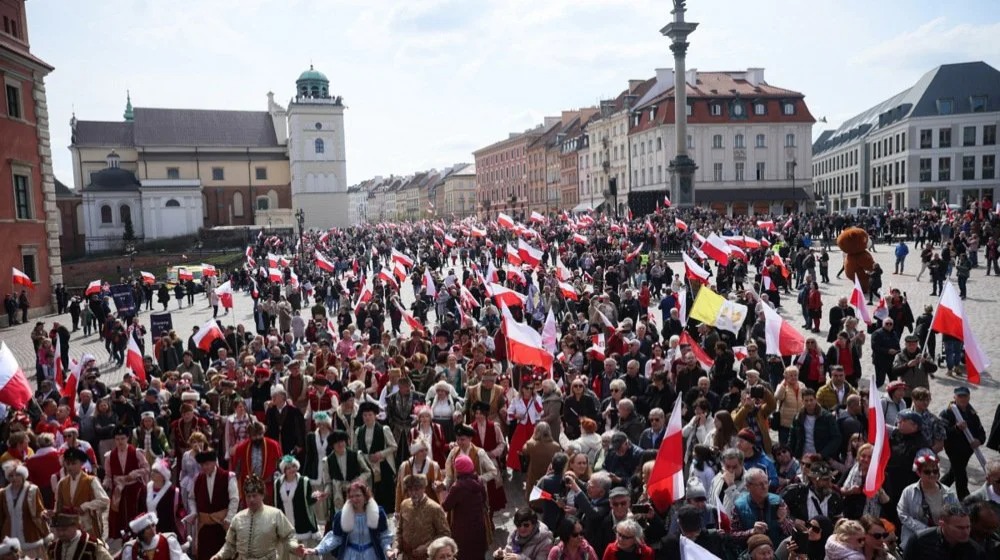
Who could become the new pope
The death of Pope Francis, announced this morning, has sparked speculation about his successor, who will be known when white smoke appears from the chimney of the Sistine Chapel following a complex and secretive election process.
Given the nature of the cardinal appointments made by Pope Francis during his reign, it is expected that the new pope will also be from outside Europe, and that he will be another progressive, opposing the conservative wing of the Roman Catholic Church, according to Reuters.
Among the potential candidates for the new pope are the Archbishop of Marseille Jean-Marc Aveline (66) from France, Cardinal Péter Erdő (72) from Hungary, Cardinal Mario Grech (68) from Malta, Cardinal Pietro Parolin (70) from Italy, Cardinal Luis Antonio Gokim Tagle (67) from the Philippines, Cardinal Joseph Tobin (72) from Newark, USA, Cardinal Peter Kodwo Turkson (76) originally from Ghana, and the Archbishop of Bologna Matteo Maria Zuppi (69)…
The election process will take place after Pope Francis is buried, and the new leader will be elected by secret ballot by members of the conclave, which may only include cardinals under the age of 80 following the death or resignation of a pope.
Until a new pope is chosen, the College of Cardinals governs the Roman Catholic Church.
The complex voting process will reveal whether the current cardinals, most of whom were appointed by Pope Francis, believe that his embrace of liberal social values and progressive reform agenda has gone too far, or whether a period of retreat is needed.
The cardinals will determine the date for the start of the conclave once they begin arriving in Rome over the coming days.
After the funeral ceremony for the pope and once everything has been prepared for the conclave at both general and special meetings of the cardinals, they gather on a set day—no earlier than the 14th and no later than the 20th day after the pope’s death—for Mass at St. Peter’s Basilica. That same afternoon, they gather in the Chapel of St. Paul in the Apostolic Palace and proceed in a solemn procession to the Sistine Chapel, where the election takes place in strict secrecy.
The cardinals vote for their preferred candidate until a winner is determined—a process that can take several days, or even months.
The only clue as to how the voting is proceeding is the smoke that rises twice daily from the burning of the cardinals’ ballots. Black smoke means a negative outcome, while white smoke will be the sign that a new pope has been elected.
After the white smoke rises, the new pope usually appears within an hour on the balcony overlooking St. Peter’s Square.
A senior cardinal participating in the conclave will announce the decision with the words: “Habemus Papam” (We have a pope), and then introduce the new leader by his chosen papal name.
The Catholic Church currently has 252 cardinals, of whom 138 are under the age of 80 and therefore eligible to vote. As many as 109 of the voting cardinals were appointed by Pope Francis, 22 by his predecessor Benedict, and five by Pope John Paul II.
Cardinals are “created” during ceremonies known as consistories, during which they receive





